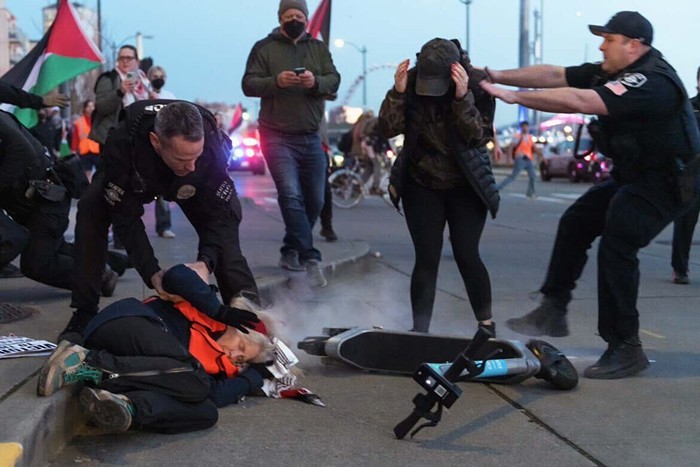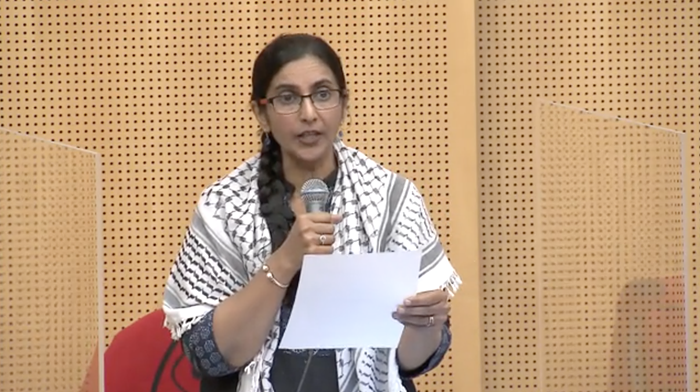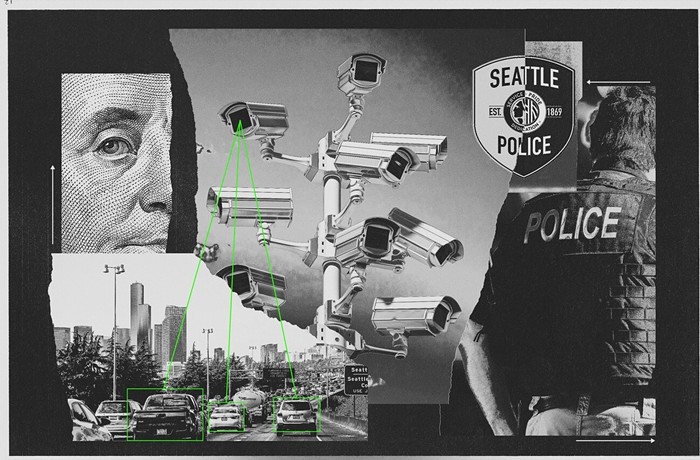
If you thought airport traffic was already a slow-moving purgatory, just wait. June through August is the busiest time at Sea-Tac Airport and the Port of Seattle is expecting congestion to be a challenge over the summer. Since Memorial Day Weekend is the unofficial kick-off of the summer travel season you should get ready. Or, don't drive to the airport. Because you want to know what the problem is? Your cars.
According to data from the Port of Seattle, 40 percent of Sea-Tac travelers get dropped off at the airport in personal vehicles. That's followed by the 14 percent of travelers using a rental car, the 10 percent who are parking (AND FILLING UP THE WORLD'S SECOND LARGEST PARKING LOT), and the 9 percent using rideshare. Only 5 percent of Sea-Tac passengers are getting there via light rail.

Kate Hudson, the Port of Seattle Airport Communications Manager told The Stranger that, generally, "congestion is up at Sea-Tac Airport as it is ranked as the 8th busiest U.S. airport, serving nearly 49.8 million passengers in 2018."
The Port keeps track of the traffic at the airport. Heading to Departures? Make sure it's not between 4:30 a.m. to 7:30 a.m. Picking up your beau at Arrivals? Make sure their flight isn't during the heaviest traffic periods, 8:30 p.m. to 12:30 a.m. However, keep in mind, both levels are clogged around 11:00 a.m. to 2:00 p.m.
Hudson listed some creative ways around the traffic. "In the morning, drop off passengers on the Arrivals level," Hudson said about people who drive to the airport. "In the evenings, arrange to meet your passengers on the Departures level. Going opposite gets you out of the traffic crunch."
That's how you can avoid this one-mile stretch that took 18 minutes:
If just there were a train 🚊 to the airport (!) that people could use at this hour, when there’s an 18-min backup in the last 1 mile to @SeaTacAirport.
Granted, our airport is rapidly growing, but I wonder how many of these are @Uber & @Lyft? @SoundTransit pic.twitter.com/5lNWUPzhT7
— Jonathan Hopkins 🚅🚇🚲🛴 (@mortonjhop) May 13, 2019
But the biggest traffic evasion technique? Lean in, reader, I'll tell you a secret: IT'S TRANSIT.
"We love to encourage travelers to take public transit," Hudson said. "Especially Link Light Rail."
Then why are only 5 percent of Sea-Tac travelers, according to the Port's own data, taking transit? Even fewer—1 percent—are taking public buses.
John Gallagher, a public information officer with Sound Transit, said that 5,700 people go through Sea-Tac Airport station on any given weekday. He didn't have the data for how many are truly going to the airport. But, he confirmed that light rail to airport ridership could be low because the light rail, as beautiful and elegant as it is (my words not his) just isn't as expansive in the region.
"We certainly expect that ridership will grow significantly with expansion," Gallagher told The Stranger. "Even without expansion, the boardings at the stations have been growing. They were up nearly 8 percent last year. We are doing a media campaign at the airport targeting travelers there. The campaign will roll out in July and continue into the fall."
Other airports are stepping up the creativity when it comes to getting people to ditch their cars. Take Boston's Logan International Airport. Earlier this month officials implemented some negative reinforcement (hello, rideshare fare increases). Then, they flipped the script with some incentives: take the Logan Express Bus and you can skip the TSA lane. It's a pilot program that only counts for people going from the Back Bay location, but the fare for the bus dropped from $7 to $3 and you get to cut the line at TSA. Plus, it's free on the way from the airport. It's too early to say if it's working, but that's compelling. How many people would switch up their transit habits if it got them a security fast-pass?
As for whether Sea-Tac is looking to emulate LIA's congestion mitigation plan, Hudson said that they "are always looking at the best practices of other airports, but there aren’t immediate plans for a program like that at Sea-Tac."
Instead, the only line-evading special treatment at Sea-Tac is the long-standing specialized check-in lines at Delta and Alaska Airlines for Microsoft and Amazon employees.
Boston also gives subway riders free transit from the airport. Maybe we could get some inspiration there?



















